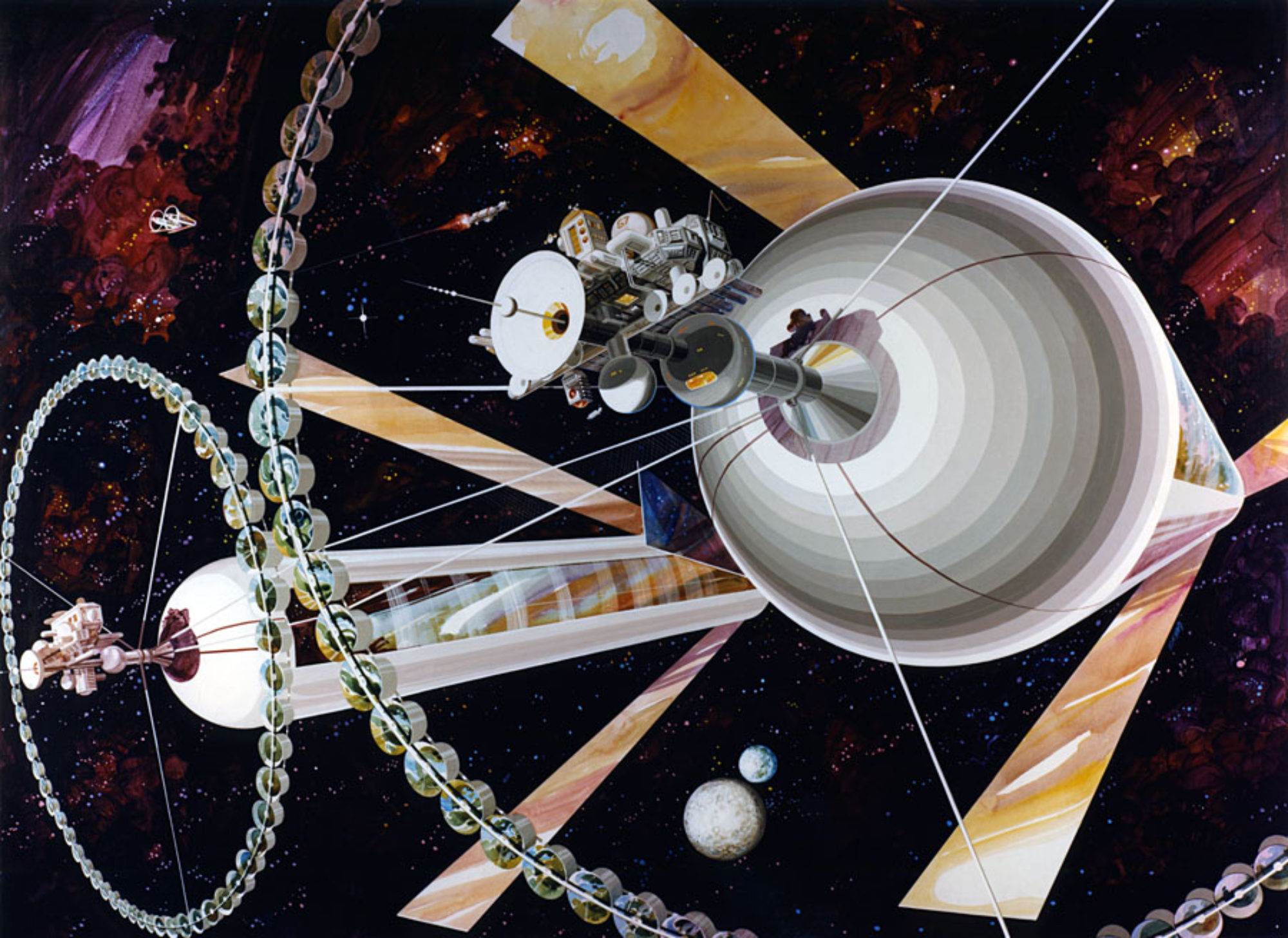
New research is bringing us closer to understanding the physics of two modes of interstellar travel popularized in science fiction. The first is a paper by Alexey Bobrick and Gianni Martire at the Advanced Propulsion Laboratory at Applied Physics in New York on physical warp drives. Readers may remember the initial excitement of the Alcubierre warp drive and then subsequent disappointment when the devil came out of the details, namely that “negative energy” (what ever that is) and lots of it were needed to make the concept work. Even Dr. Miguel Alcubierre had doubts about the feasibility of this “unphysical” approach and moved on to different areas of research in theoretical physics such as gravitational waves and black holes, as he explained at the Starship Congress 2017 and later on The Space Show.
In this new paper the authors show that it is theoretically possible to construct a class of subluminal warp drives based on physical principles known today. Even Sabine Hossnefelder, a theoretical physicist at the Frankfurt Institute for Advanced Studies, was impressed by this paper and gives a good overview in this short video.
A second line of investigation involves wormholes as shortcut conduits through spacetime. In a paper in Physical Review D, researchers Juan Maldacena and Alexey Milekhin show that with accelerations less than 20 g, a human-traversable wormhole is theoretically possible making a journey across the galaxy in less than a second! Of course the practical engineering details, not to mention discovery of an actual worm hole, remains to be realized.

Understanding the physics of interstellar space travel is the first step toward practical engineering solutions for the methods of transportation humanity will use in our spacefaring future. Skeptics may need reminding that there were doubters that considered the possibility of space ships carrying humans to the Moon a fantasy over 100 years ago when Tsiolkovsky and others first worked out the physics of the rocket equation.
